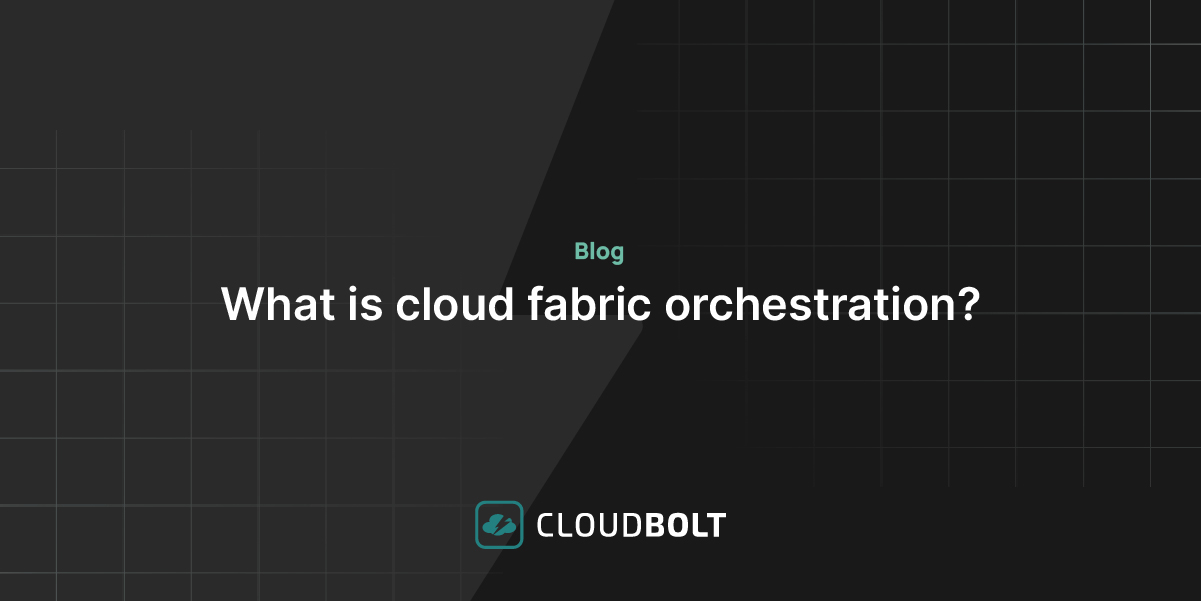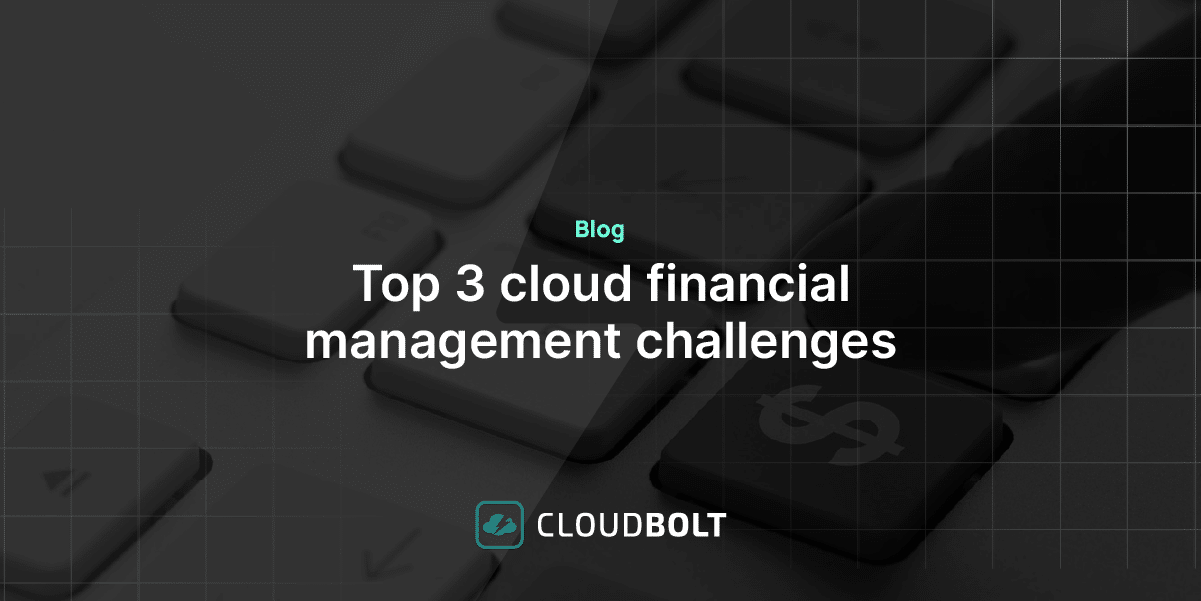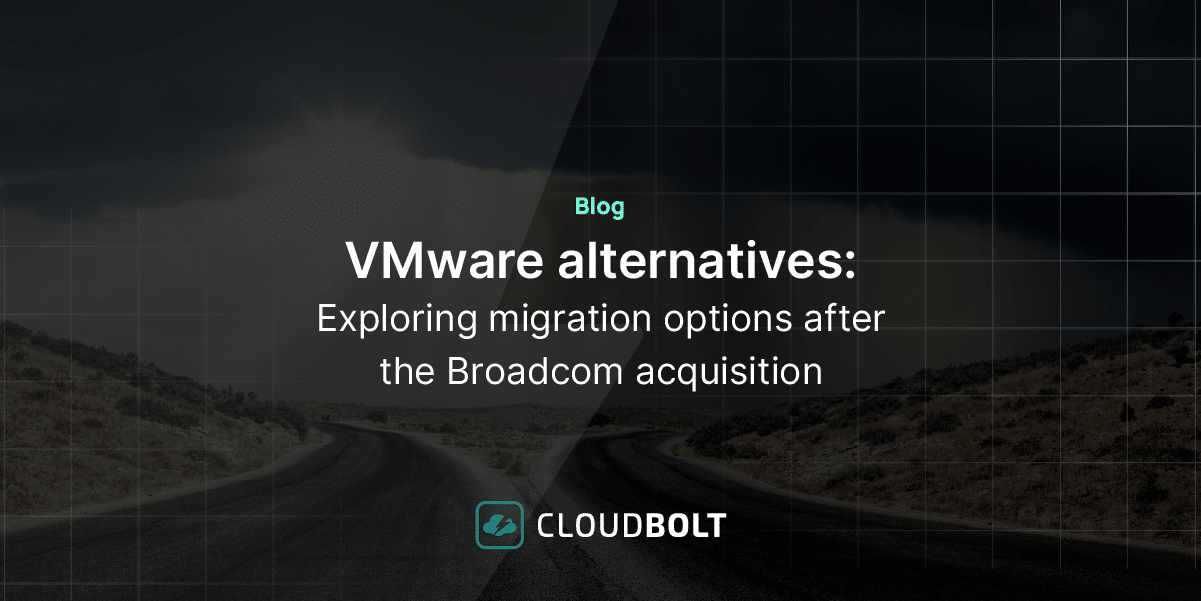
CloudBolt integrates with a great myriad of technologies in many different categories, with more integrations being added in every release. However, the defining characteristic of CloudBolt’s integrations is not their breadth, but their depth.
For IT administrators, it is not enough for their cloud platform to have surface-level integration; it needs meaningful, substantive support for other technologies so the IT organization can provide a fully-automated self-service experience to their internal (and sometimes external) customers.
One illustrative example is CloudBolt’s support for VMware. I will list all the ways in which CloudBolt integrates with VMware. The main takeaways are that CloudBolt has the most complete integration with VMware of any cloud management platform, and without all of these features within the integration, the IT team will be left to handle situations manually. The full benefit of automation is only realized when the integration goes this deep.
The net effect of having this depth of automation for and integration with VMware (and other on-premises virtualization systems) is that IT teams have their private datacenters leveled up with functionality traditionally relegated to the public cloud – self service provisioning, management, and decommissioning of environments by end users without IT’s intervention, modeling cost tracking and implementing shameback/showback, policy-based features such as order approval workflows, enforcement of expiration dates for resources, and power scheduling for VMs to ensure systems do not consume resources when they are not needed.
Features of CloudBolt’s Integration with VMware
vSphere/vCenter/ESX
- VM Build process:
- Discovery of available clusters, networks, datastores, datastore clusters, VM templates
- Provisioning using:
- templates stored in the VMware Content Library
- normal VM templates
- a blank VM and a network-boot based build system such as Razor or Cobbler
- Creation & management of multiple disks
- Creation & management of multiple network interfaces
- support for specifying adapter type
- Guest OS customization
- Static IP
- Hostname
- Setting annotations
- Auto-selection of the datastore with the most free space
- Datastore clusters
- Following progress of the build task
- Linked clone builds
- Templatized specification of which VMware folder in which to place new VMs
- Storage management
- Define rate multiplier for premium storage backends
- Limit access to storage backend per group or environment
- VM management:
- Console
- Tagging
- Snapshotting:
- Creating new ones
- Auditing existing ones and deleting any past expiration
- Adding and removing disks, NICs, CPU, memory
- All the policy-based management features that CloudBolt supports on other platforms, including execution of remote scripts, tracking of expiration dates, chargeback, power scheduling, the ability to log into VMs remotely from the CloudBolt web UI
- VM Discovery:
- Detection and storage of 26 distinct attributes on virtual machines
- Automatically updating CloudBolt’s dynamic inventory database every 30 minutes with any changes to these attributes on VMs
- History tracking for all changes, including those made in CloudBolt and those discovered. This allows reporting on change history over time, including the built-in ability to compute how CPU and GB memory hours each server used over the course of a month.
VMware Cloud on AWS
- Everything supported by CloudBolt’s vCenter integration above
NSX
- Deployment and configuration of fenced networks
- Support for load balancers
- Support for edge gateways
- Micro-segmented firewall rules (tagging)
- Extension-friendly API wrapper to enable any NSX use cases like NAT’ing, custom route configurations, etc.
vRealize Orchestrator
- Discovery of flows:
- Automatic discovery of flow inputs
- Ability to map those inputs to CloudBolt attributes
- Ability to set up a flow at any trigger point in CloudBolt, which allows it to run at many points during the provisioning process, be presented as a button on the server details page, run as a recurring job and many other places.
- This allows reuse of existing investment in vRO workflows for the CloudBolt customers who have switched from vRA to CloudBolt
vCloud Director
- Deploying VMs via vCloud Director
- Discovery of existing VMs
- Management of existing VMs
- Useful for orgs that want to modernize their cloud platform, but are not yet ready to remove vCloud Director
Conclusion
For a cloud platform to deliver on its promise of self-service IT, it needs to have deep interactions with external systems, feature-rich integrations which do IT’s previously-manual work for them. This post covers the depth of CloudBolt’s integration with VMware, but a similar dive could be taken into all the other integrations CloudBolt provides out of the box and as importable content in its hosted Content Library.
As always, if there are more aspects of integration you would like to see, we would love to hear from you. The list above has been fueled by excellent ideas from our customers over the last nine years.
See these powerful VMware integrations in action. Request a CloudBolt demo today.
Related Blogs

What is cloud fabric orchestration
Understanding the Cloud Fabric Before diving into the intricacies of cloud fabric orchestration, let’s first understand what we mean by…

